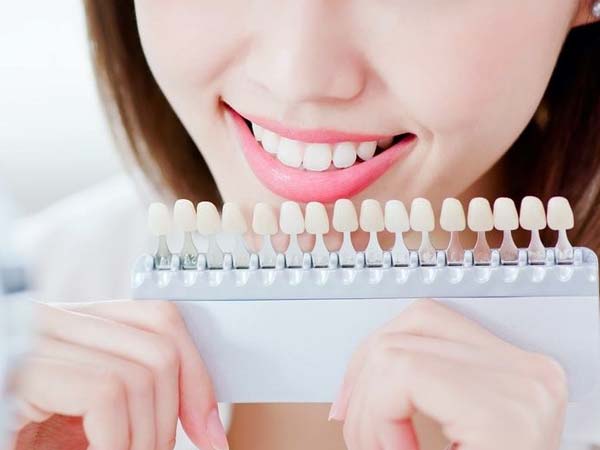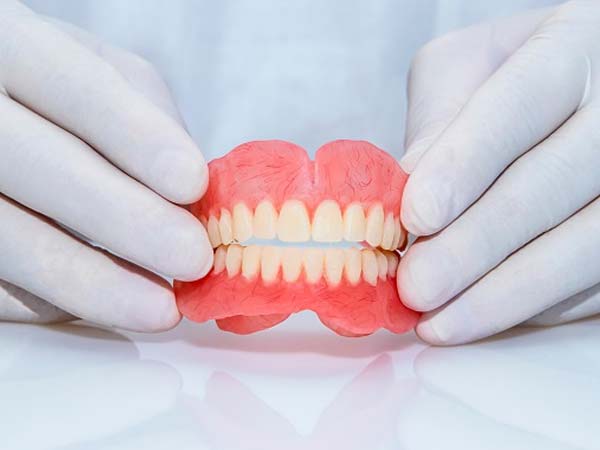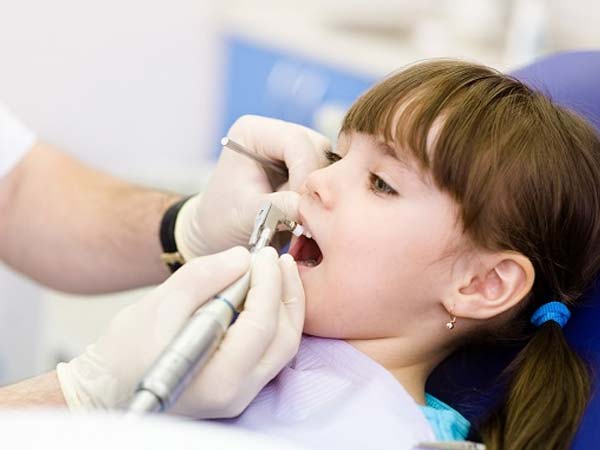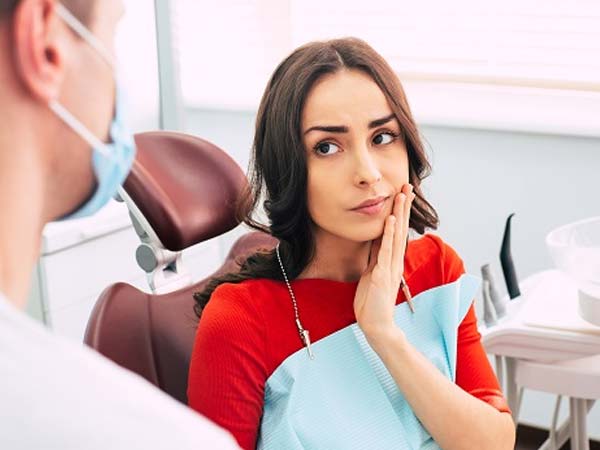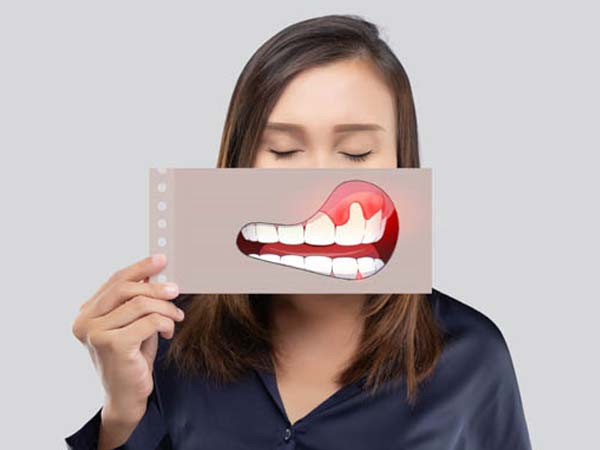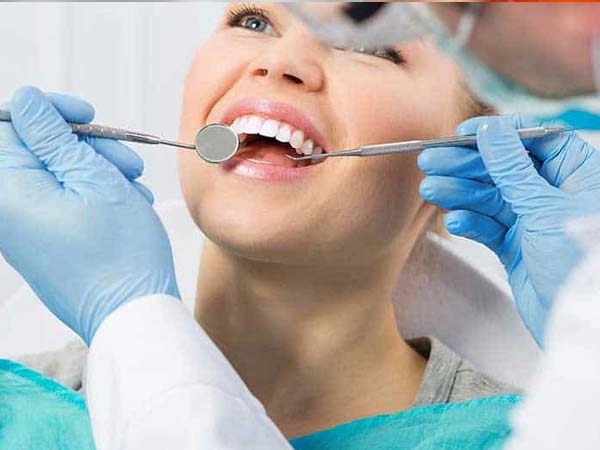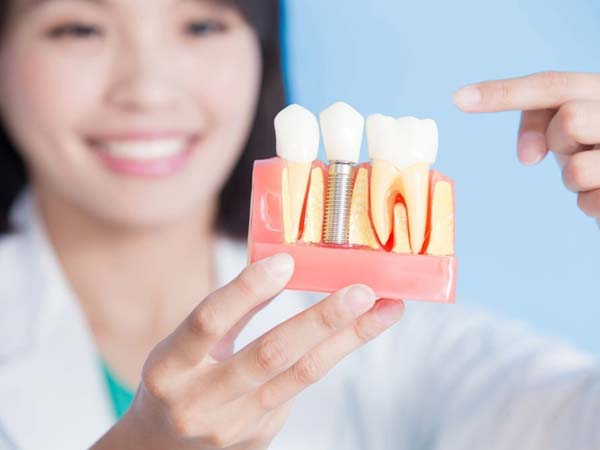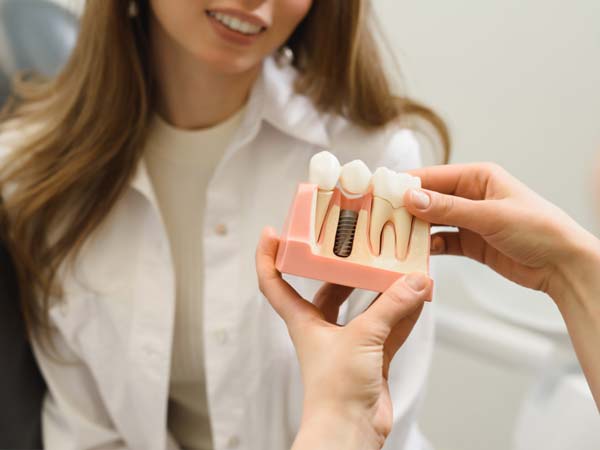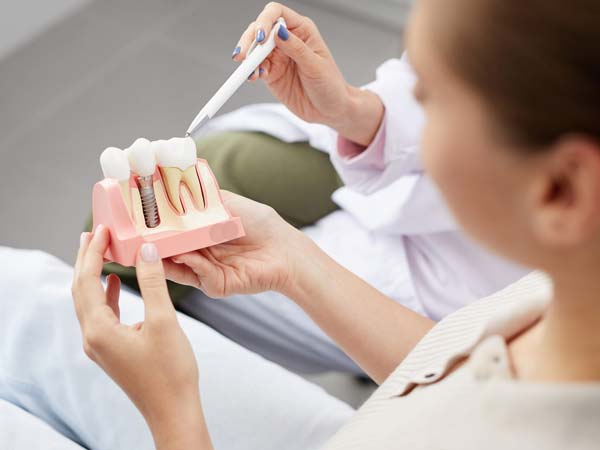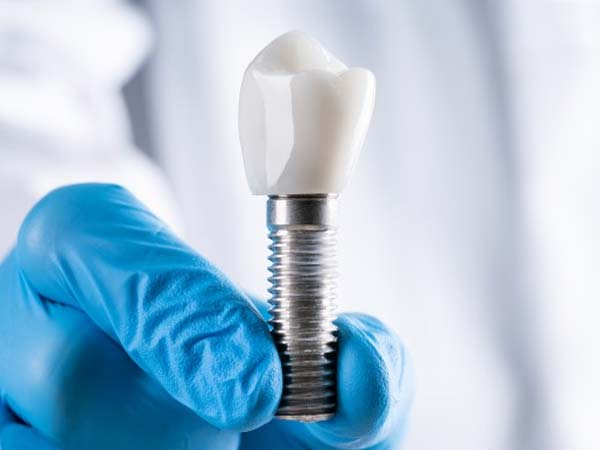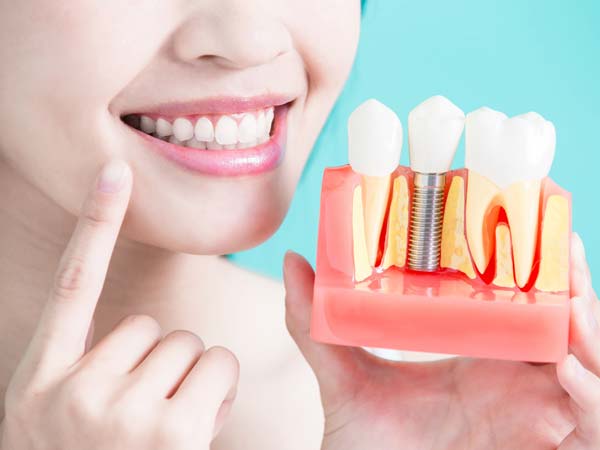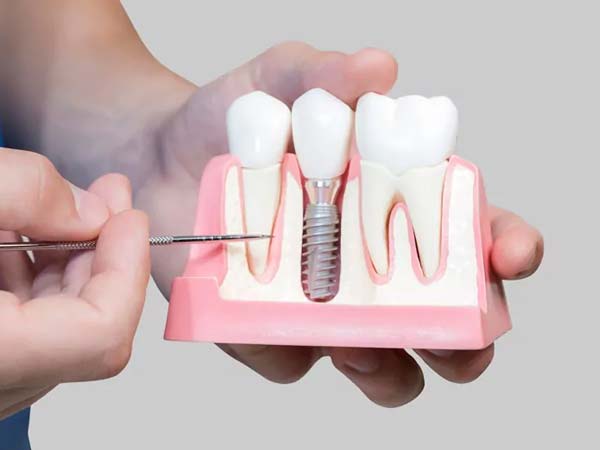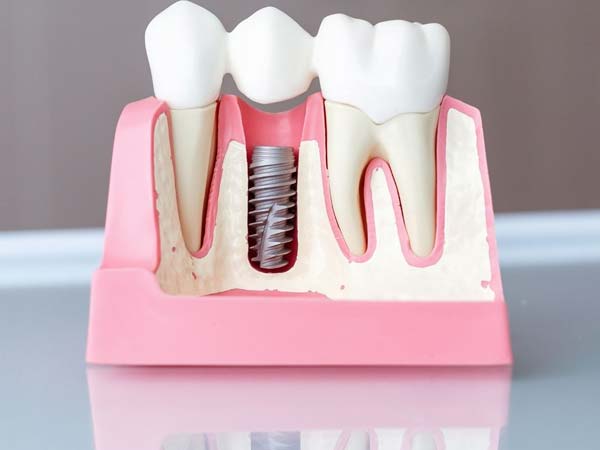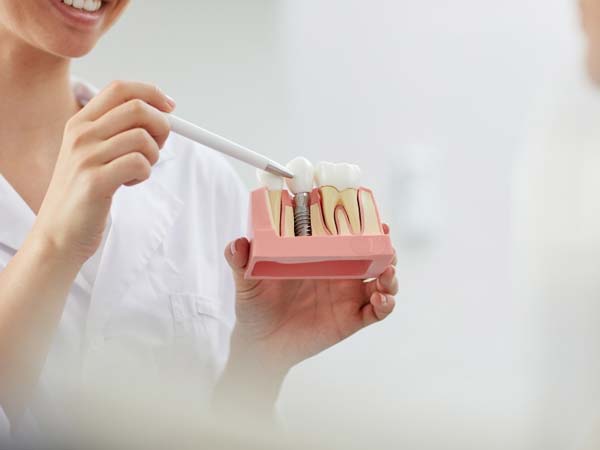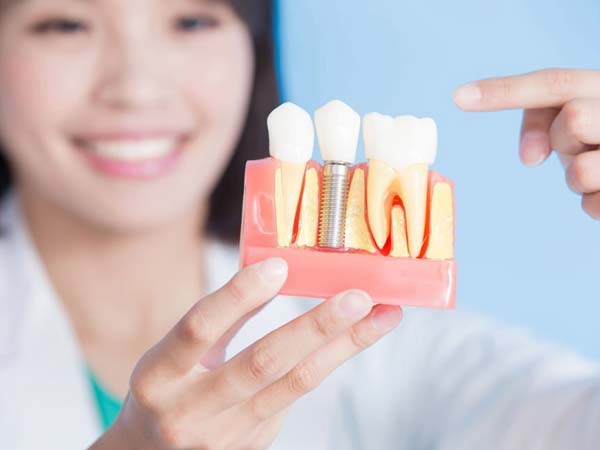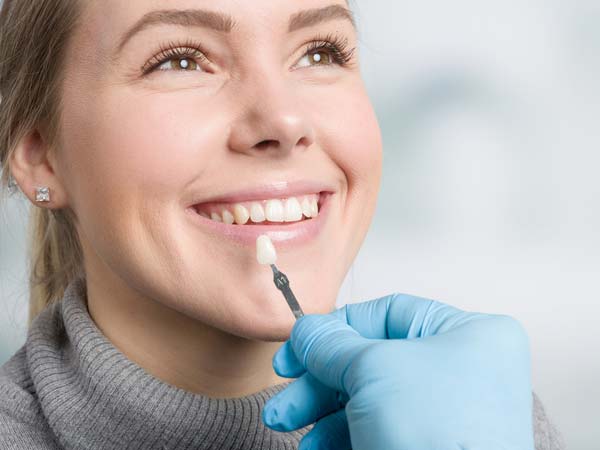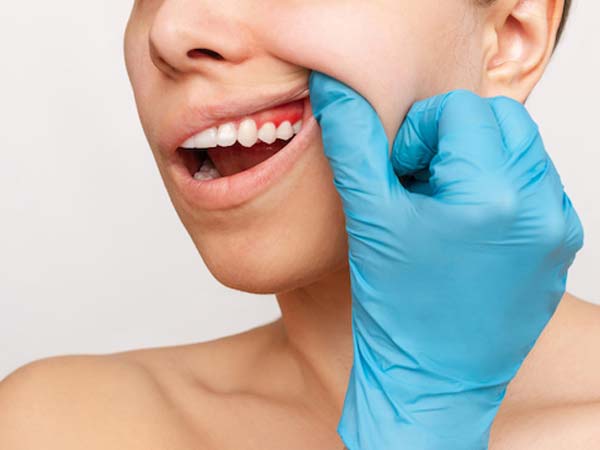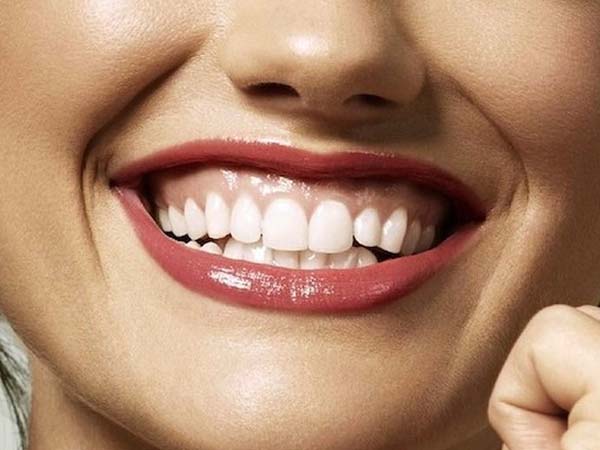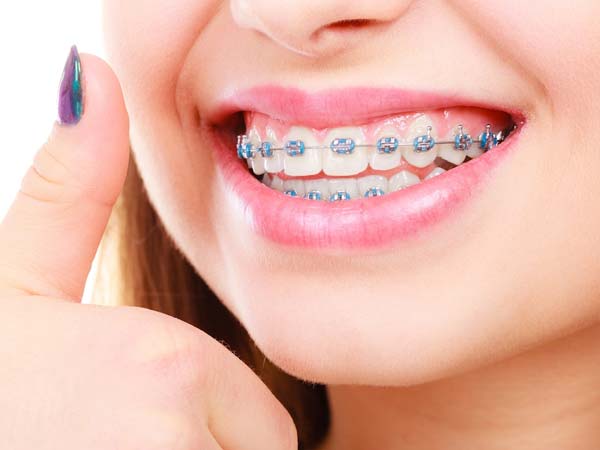
Orthodontics: Achieving a Beautiful and Healthy Smile with Proper Teeth Alignment
Orthodontics is a specialized branch of dentistry that focuses on correcting misaligned teeth and jaw irregularities. It involves the diagnosis, prevention, and treatment of dental and facial irregularities to enhance both the aesthetics and functionality of the smile. Orthodontic treatment can address various issues, such as crooked teeth, overcrowding, overbite, underbite, and gaps between teeth. Let’s delve into orthodontics and understand how it can help you achieve a beautiful and healthy smile.
The Importance of Orthodontic Treatment:
- Improved Dental Alignment: Orthodontic treatment aims to align the teeth properly, correcting issues like crowding or spacing. By straightening the teeth, orthodontics enhances their appearance and creates a more harmonious smile.
- Enhanced Bite Function: Orthodontic treatment also focuses on correcting bite problems, such as overbite (when the upper front teeth excessively overlap the lower teeth) or underbite (when the lower teeth protrude past the upper teeth). These issues can lead to difficulties in chewing, speaking, and overall oral function. Orthodontics helps restore proper bite alignment and improves functionality.
- Oral Health Benefits: Misaligned teeth can pose challenges in maintaining proper oral hygiene. Crooked or crowded teeth may be more challenging to clean effectively, increasing the risk of tooth decay, gum disease, and other dental problems. Orthodontic treatment aligns the teeth, making them easier to clean and reducing the chances of oral health issues.
- Boosted Self-Confidence: A straight and beautiful smile can significantly enhance one’s self-confidence and self-esteem. Orthodontic treatment not only improves dental health and functionality but also provides a positive impact on a person’s overall appearance and social interactions.
Common Orthodontic Treatment Options:
- Braces: Traditional braces consist of metal brackets that are bonded to the teeth and connected with wires. Over time, the gentle pressure applied by the wires gradually moves the teeth into their desired positions. Braces can effectively address a wide range of orthodontic issues and are suitable for patients of all ages.
- Clear Aligners: Clear aligners, such as Invisalign®, are a popular alternative to traditional braces. These custom-made, transparent trays are virtually invisible when worn and offer greater convenience and flexibility. Clear aligners are removable, allowing for easy oral hygiene maintenance and the freedom to enjoy food without restrictions.
- Lingual Braces: Lingual braces are similar to traditional braces, but instead of being placed on the front surface of the teeth, they are fixed to the back surface, making them virtually invisible from the outside. Lingual braces are an excellent option for individuals who desire discreet orthodontic treatment.
- Retainers: After completing orthodontic treatment, retainers are often prescribed to maintain the teeth in their new positions. Retainers help prevent relapse and ensure long-term stability of the orthodontic results.
Seeking Orthodontic Treatment:
If you are considering orthodontic treatment, it is essential to schedule a consultation with an experienced orthodontist. During the initial visit, the orthodontist will conduct a comprehensive examination, which may include X-rays, photographs, and digital impressions of your teeth. This evaluation will help determine the most suitable treatment plan for your specific needs.
The Orthodontic Treatment Process:
- Treatment Planning: After the initial examination, the orthodontist will develop a personalized treatment plan tailored to address your specific concerns and goals. They will discuss the recommended treatment options, duration of treatment, and associated costs.
- Orthodontic Appliances: Depending on the chosen treatment modality, you will be fitted with braces, clear aligners, or other orthodontic appliances. The orthodontist will guide you on their proper use and maintenance.
- Regular Follow-up Visits: Throughout the treatment process, you will have regular follow-up visits with your orthodontist. These appointments allow for adjustments, monitoring progress, and addressing any concerns or questions you may have.
- Retention Phase: After completing the active orthodontic treatment, you will enter the retention phase. During this period, you will be prescribed retainers to wear as instructed by your orthodontist. Retainers help maintain the corrected tooth positions and prevent relapse.
Transform Your Smile with Orthodontics:
Orthodontic treatment offers numerous benefits, from improving dental alignment and bite function to enhancing oral health and boosting self-confidence. Whether you opt for traditional braces, clear aligners, or lingual braces, consulting with an experienced orthodontist will ensure you receive personalized treatment and achieve the smile of your dreams. Take the first step towards a beautiful, healthy smile by scheduling an orthodontic consultation today.
FAQs (Frequently Asked Questions)
- At what age should orthodontic treatment be initiated? Orthodontic treatment can be started at any age, but the ideal time depends on the individual’s specific needs. In general, orthodontic evaluations are recommended for children around the age of 7 to detect any potential orthodontic issues early. However, orthodontic treatment can be effective for patients of all ages, including teenagers and adults.
- How long does orthodontic treatment take? The duration of orthodontic treatment varies depending on the complexity of the case, the chosen treatment modality, and individual factors. On average, treatment can range from several months to a few years. Your orthodontist will provide an estimated treatment timeline during the initial consultation.
- Are there any dietary restrictions during orthodontic treatment? Certain dietary restrictions may apply, especially if you opt for traditional braces. Hard, sticky, or chewy foods that can damage or get stuck in the braces should be avoided. Clear aligners, on the other hand, can be removed during meals, allowing for more flexibility in food choices.
- Will orthodontic treatment cause discomfort? It is common to experience some discomfort or pressure during the initial days or after adjustments. However, this discomfort is usually temporary and can be managed with over-the-counter pain relievers and orthodontic wax to alleviate any irritations caused by brackets or wires.
- How do I maintain oral hygiene with orthodontic appliances? Maintaining good oral hygiene is crucial during orthodontic treatment. Your orthodontist will provide instructions on how to brush and floss effectively with braces or aligners. Additional tools, such as interdental brushes or water flossers, may be recommended to clean hard-to-reach areas. Regular dental check-ups are also important to ensure optimal oral health during treatment.



